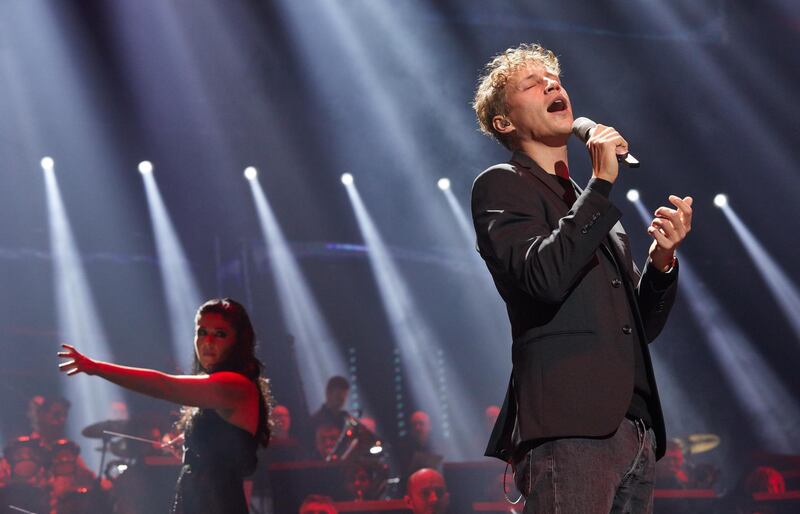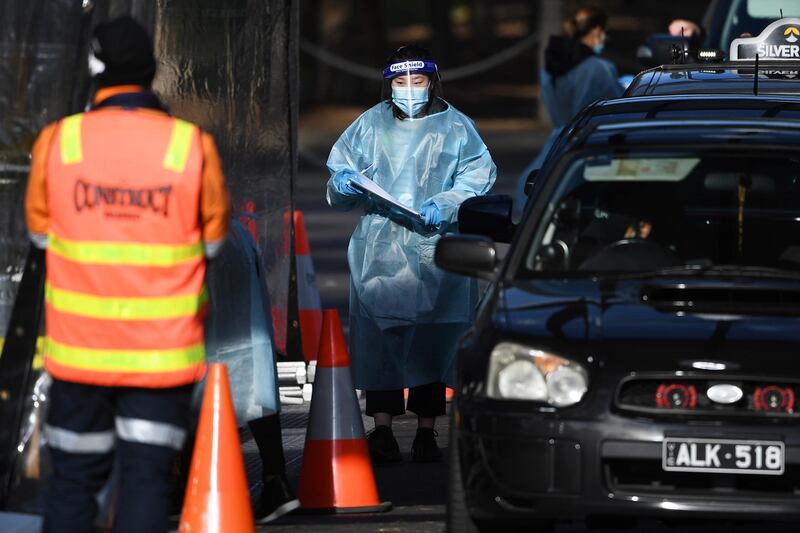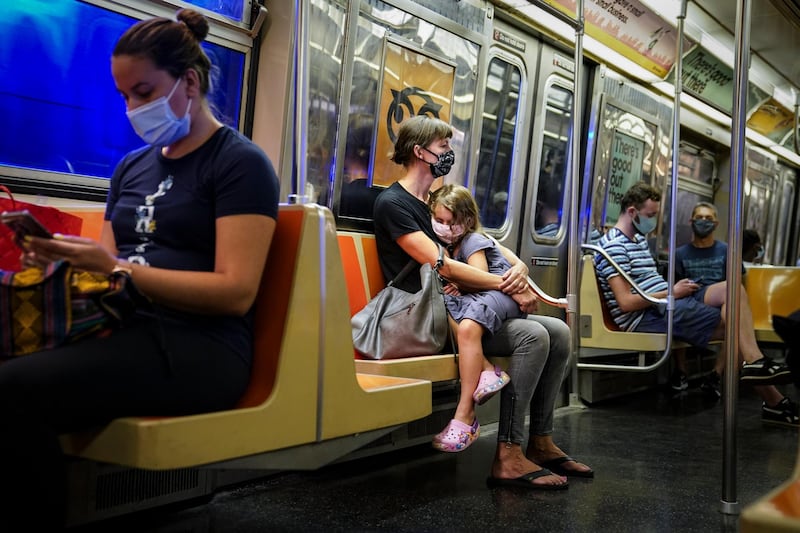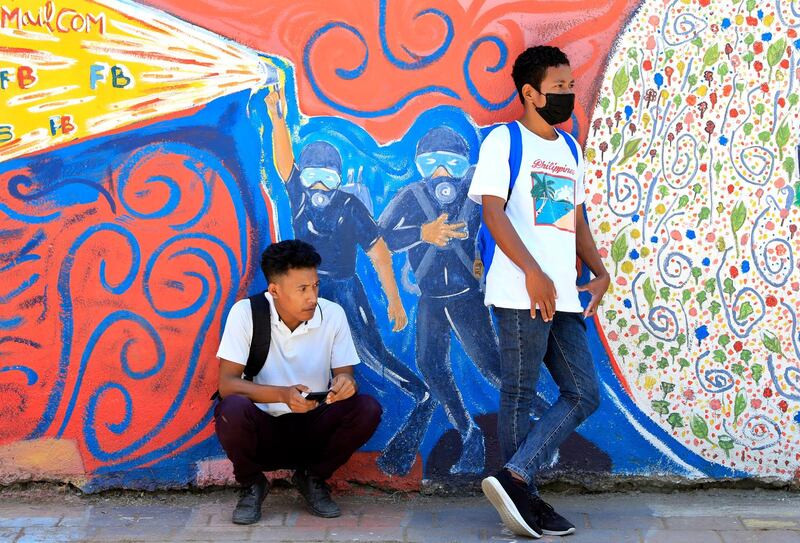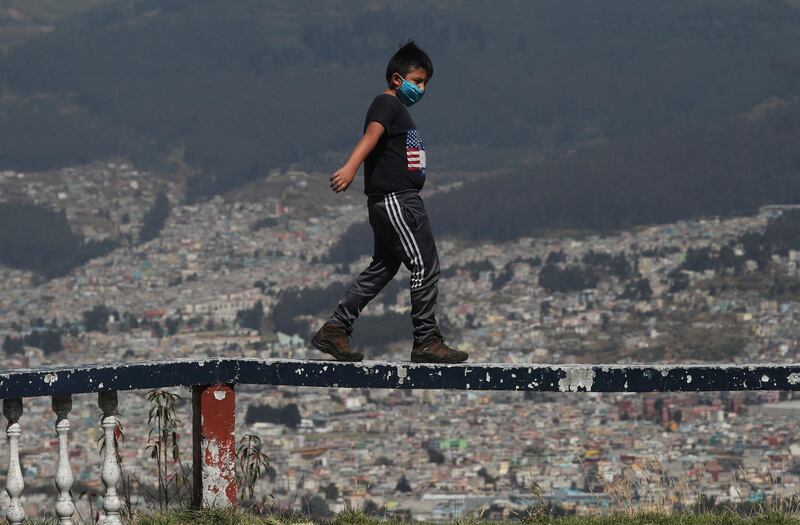German scientists looking for thousands of volunteers to attend a concert as part of a coronavirus study have come up short, managing to gather an audience only half the size planned for the experiment amid a surge of infections in the country.
Researchers in the eastern city of Leipzig had hoped to pack 4,200 participants into an indoor stadium to watch a performance from singer-songwriter Tim Bendzko this coming weekend but have so far mustered 2,210 subjects.
With mass gatherings put on hold around the world because of restrictions introduced to control the spread of the virus, the organisers of the Restart-19 project hope to get a clearer picture of how to keep crowded indoor venues safe.
Participants at the concert experiment, all aged from 18 to 50 and in possession of a negative Covid-19 test, will wear small devices to track their movements and proximity to other members of the audience.
Special fluorescent hand sanitiser will allow researchers with ultraviolet lights to identify surfaces in the venue on which transmission could take place.
An extension to the registration period for the concert on August 22 resulted in 300 additional subjects.
But despite a smaller turnout than expected, the scientists say they are satisfied with the number of volunteers.
The study's director, Stefan Moritz, told Frankfurt's FAZ newspaper the crowd should provide "an order of magnitude with which we can expect good results".
“We have to make small compromises, but that’s bearable,” he said.
Germany's rising infection rate has sparked fears of a second wave in the country. At the beginning of August Germany had experienced over 22,000 cases, as this map shows.
On Monday, it reported 1,693 new cases of the virus, its highest number of new infections in nearly four months, according to data from Johns Hopkins University.
At the peak of the pandemic in the spring, the daily number of new cases rose to almost 7,000.
_______________
